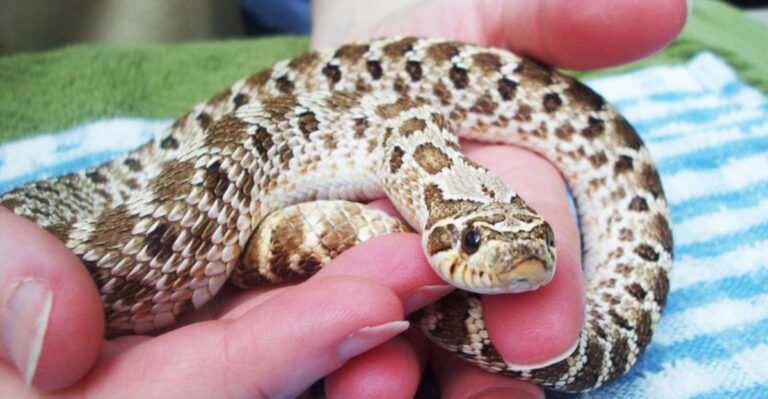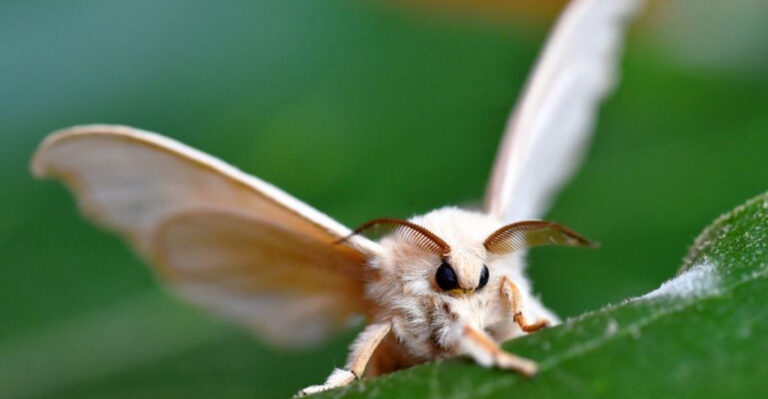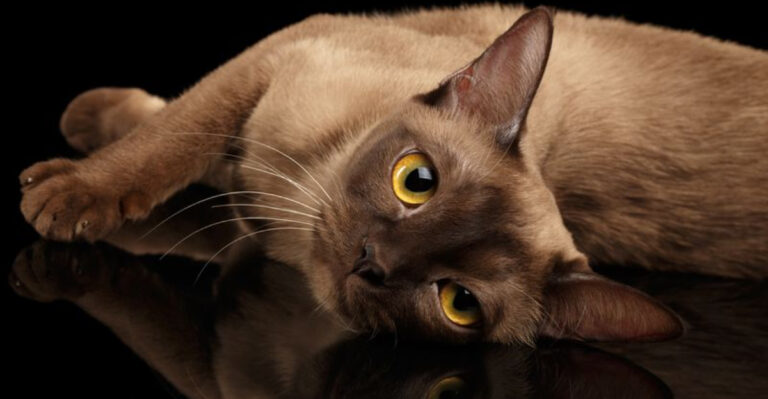15 Animals That Can Sleep While In Motion
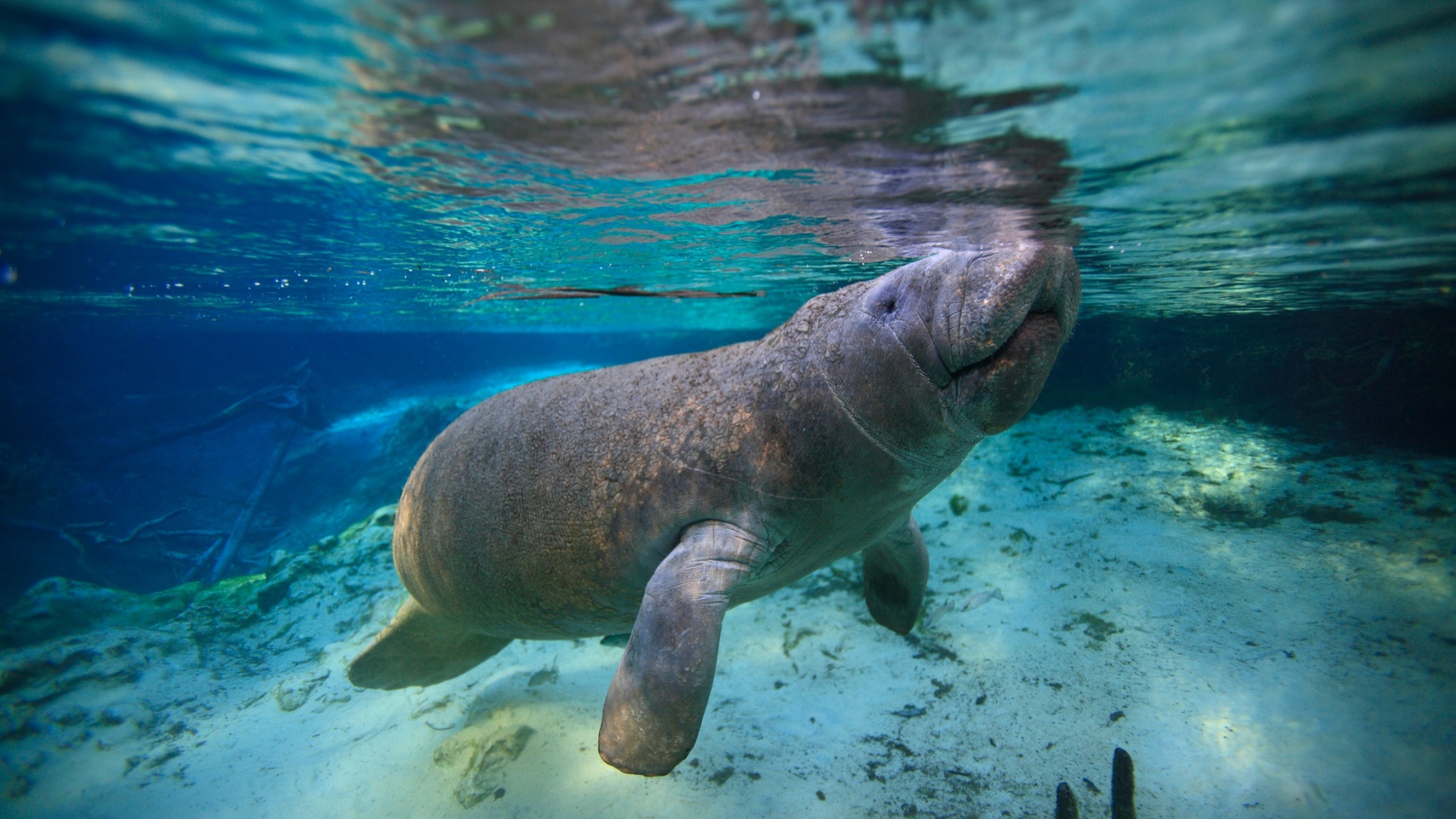
Welcome to the enchanting world of the animal kingdom, where some creatures have perfected the art of sleeping on the go!
From the mysterious depths of the oceans to the vast skies above, these animals showcase unique adaptations that allow them to rest while in motion.
Join us as we explore the incredible abilities of such animals and uncover the secrets behind their sleep-in-motion prowess.
1. Dolphins
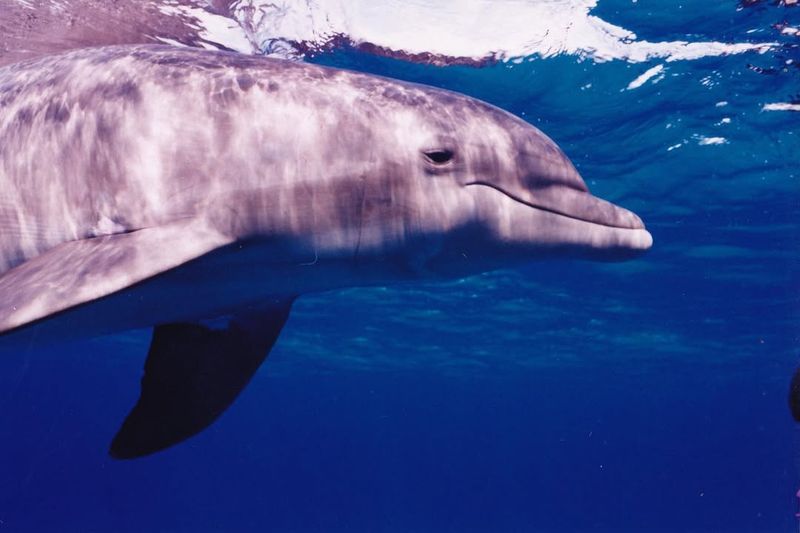
Dolphins are known for their intelligence and playful nature, but did you know they can also sleep while swimming? These magnificent marine mammals have the unique ability to shut down one hemisphere of their brain while keeping the other half alert. This adaptation allows them to continue swimming, avoid predators, and surface for air – all while taking a much-needed rest.
Dolphins’ unihemispheric slow-wave sleep ensures they remain partially conscious, maintaining vital bodily functions and awareness of their surroundings. Imagine being able to nap without missing a beat! This ability is crucial for dolphins, as they must keep moving to breathe and avoid sinking.
The sight of a dolphin gliding through the water, one eye closed in slumber, is a testament to nature’s ingenuity. Their restful swimming is a dance of survival and serenity, showcasing an incredible evolution of sleep mechanics. So, next time you spot a dolphin leaping joyously in the waves, remember, they might just be catching a few Zs!
2. Albatrosses
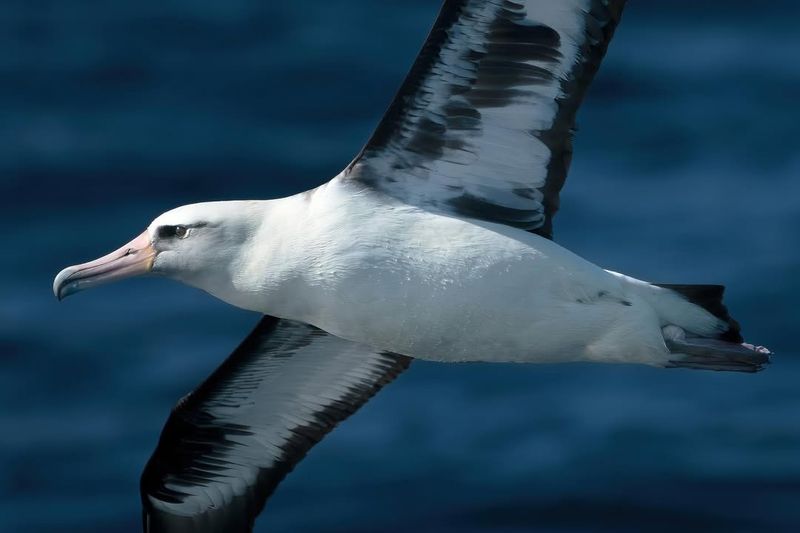
This magnificent bird can even catch some shut-eye while in flight! By using a technique called dynamic soaring, albatrosses harness the wind’s energy and minimize their own effort, allowing them to rest as they fly.
With one eye open and half their brain alert, these avian adventurers can monitor their surroundings while enjoying a mid-air nap. This unique adaptation enables them to travel vast distances across oceans without stopping, conserving energy for their long journeys.
Witnessing an albatross in flight is a spellbinding experience, as it elegantly slices through the air, seemingly defying gravity. Their ability to sleep on the wing is a testament to their status as one of nature’s most efficient travelers, making them symbols of grace and endurance.
3. Sharks
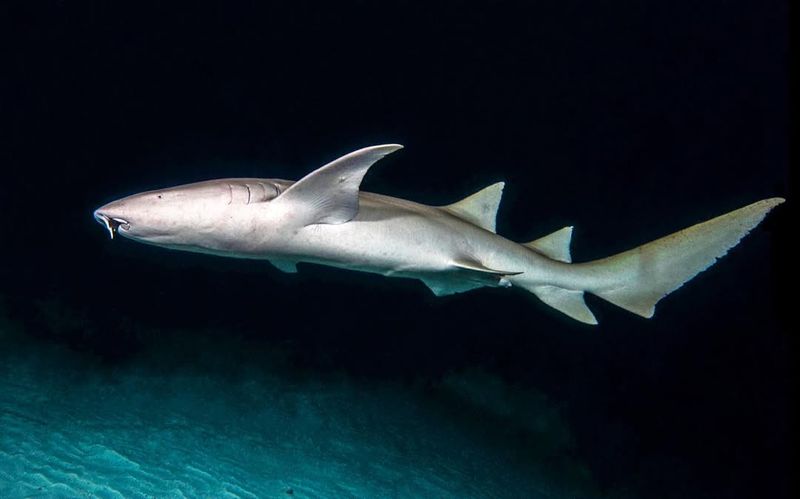
Sleeping while swimming may seem impossible, but for sharks, it’s a necessary adaptation for survival. Unlike most fish, they can’t pump water over their gills, meaning they must keep moving to breathe. This unique trait allows them to enter a state of restful awareness, where their bodies continue gliding through the water while their brains get much-needed rest.
With their eyes partially closed, sharks maintain essential functions even as they sleep. Balancing movement and rest requires remarkable control, showcasing their finely tuned instincts. This ability ensures they stay oxygenated while remaining alert to potential threats.
Watching a shark drift effortlessly beneath the waves offers a rare look at this fascinating behavior. Beyond their reputation as relentless predators, they reveal themselves as creatures of precision, adapting to an environment where even sleep is never truly still.
4. Swifts
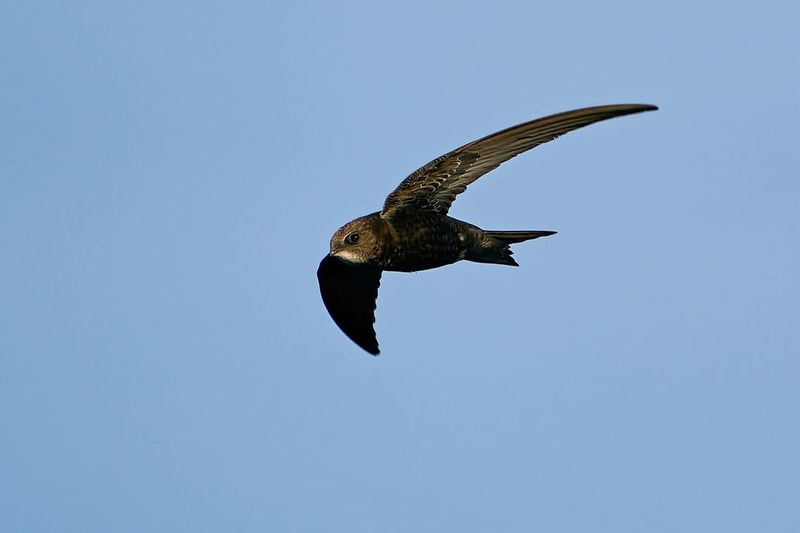
Swifts are among nature’s most remarkable aviators, spending most of their lives airborne. These small birds have taken the concept of sleeping in motion to new heights, literally! Swifts can stay aloft for months at a time, snatching bits of sleep while performing aerial acrobatics.
Their secret lies in their ability to engage in unihemispheric sleep, where one half of their brain remains awake while the other sleeps. This adaptation allows swifts to continue navigating, feeding, and avoiding obstacles while partially dozing off.
The sight of a swift darting through the sky is a marvel of nature’s engineering, a symbol of freedom and resilience. Their ability to rest while flying is a testament to their status as one of the most efficient and energetic flyers, never pausing for a full night’s sleep.
5. Manatees
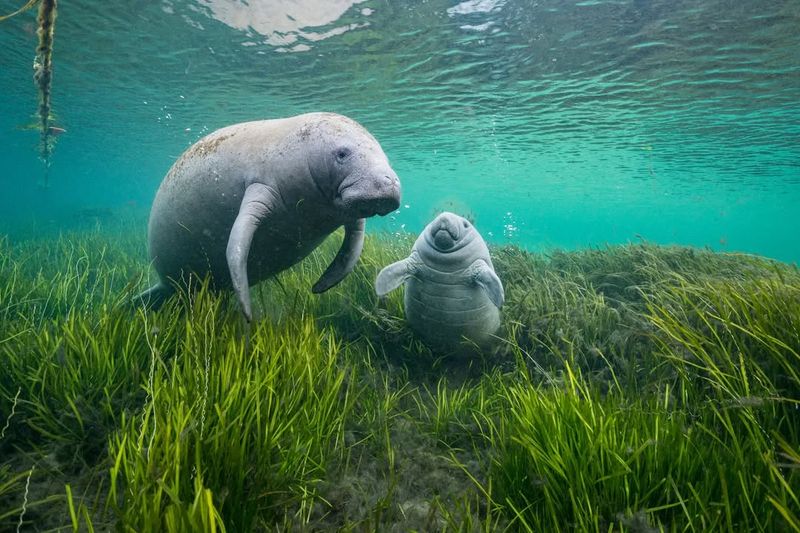
Manatees, often referred to as “sea cows,” are gentle giants of the ocean. Known for their slow, leisurely pace, these herbivores have found a way to nap while on the move. Manatees can float effortlessly in water, allowing them to enter a restful state as they drift along.
Their buoyant bodies and low metabolic rates enable them to conserve energy while maintaining a gentle glide. With their eyes partially closed, manatees enjoy a tranquil snooze, undisturbed by the world around them.
Observing a manatee in this serene state is a heartwarming sight, a testament to their peaceful existence. They remind us that sometimes, the best way to rest is to simply go with the flow, embracing the calmness of their aquatic world.
6. Frigatebirds
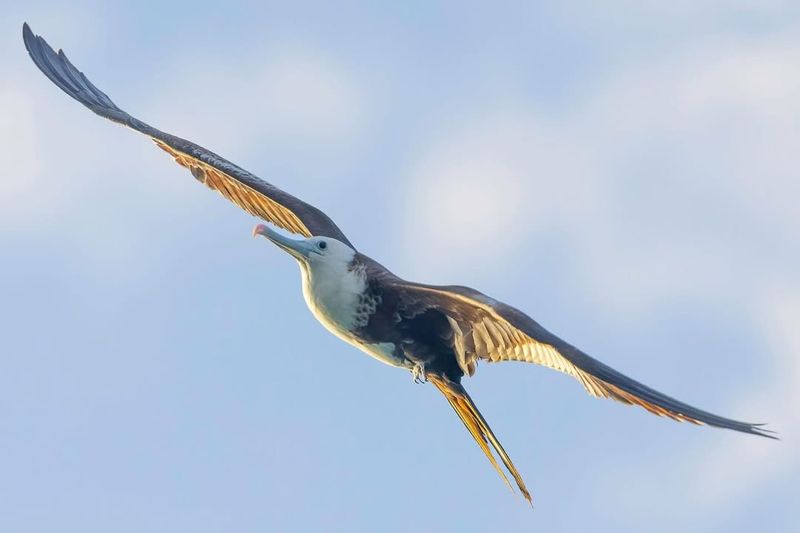
Gliding effortlessly across vast oceanic expanses, these remarkable birds can sleep while flying, taking brief naps midair. Unlike most birds, they rest with only part of their brain at a time, allowing them to stay alert and responsive while covering great distances. Their adaptations make it possible to travel thousands of miles without landing, conserving energy for long migratory journeys.
This ability to rest on the wing is a rare survival strategy, setting them apart from most other avian species. Maintaining movement while sleeping ensures they remain airborne for weeks, relying on wind currents to sustain their effortless flight. It’s a delicate balance of endurance and precision, showcasing their mastery of the skies.
Watching one in flight is mesmerizing – a perfect blend of power and grace. Their unique sleep pattern reflects an unbreakable connection to the air, a symbol of resilience and adventure in the boundless sky.
7. Sea Turtles
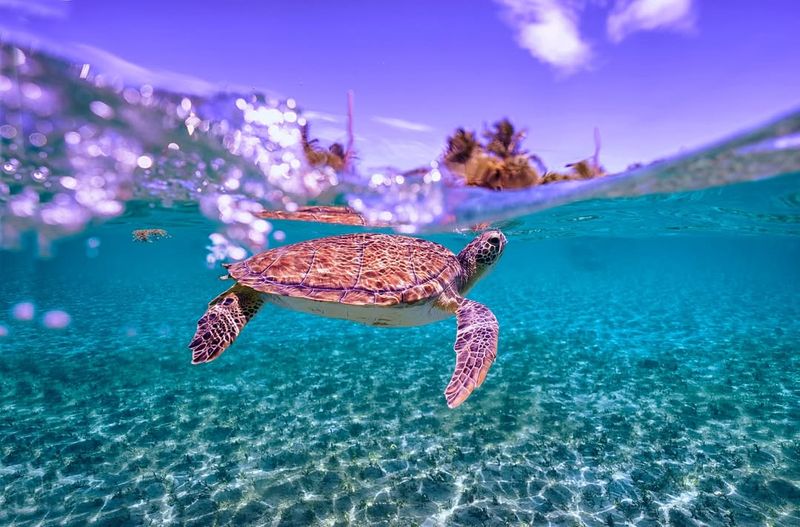
Sea turtles are ancient mariners of the ocean, spending their lives navigating vast marine landscapes. Remarkably, these reptiles have adapted to sleep while swimming, allowing them to rest in the safety of the open sea.
By using their buoyant shells and a slow, rhythmic paddling motion, sea turtles can enter a state of light sleep. This ability helps them conserve energy and avoid predators, ensuring their survival in a vast and unpredictable environment.
The sight of a sea turtle gliding through the water, seemingly at ease, is a moment of tranquility that captures the essence of marine life. Their ability to rest while in motion is a reminder of their resilience and the delicate balance required to thrive in the wild.
8. Northern Fur Seals
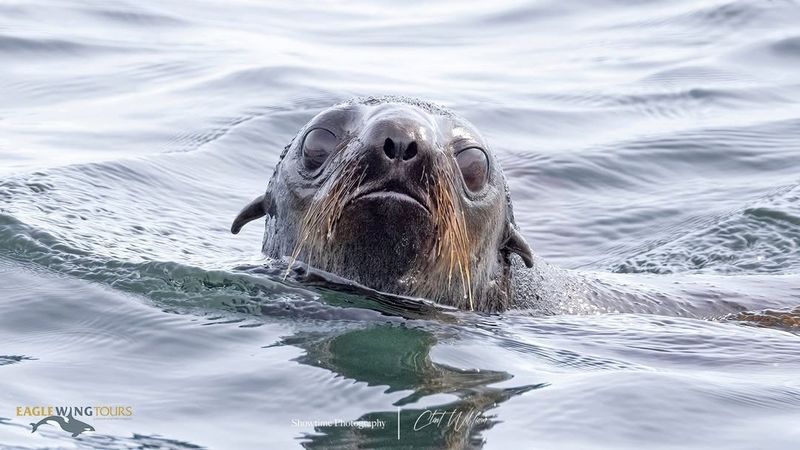
Sleeping while swimming is a remarkable skill, allowing marine mammals to survive in challenging environments. Northern fur seals have developed the ability to rest with one half of their brain at a time, keeping them aware of their surroundings while still getting much-needed sleep. This unique adaptation helps them conserve energy, stay warm, and evade predators in the icy waters they call home.
Their ability to balance movement and rest is essential for navigating treacherous ocean currents. Unlike many other species, northern fur seals never fully shut down, ensuring they remain alert to potential dangers while drifting through the sea. This trait makes them highly adaptable, allowing them to thrive in some of the world’s harshest marine habitats.
Watching these seals in the wild is both mesmerizing and inspiring. Their playful nature and agility, even while sleeping, showcase their resilience and incredible survival instincts, proving that rest is possible even in constant motion.
9. Mallard Ducks
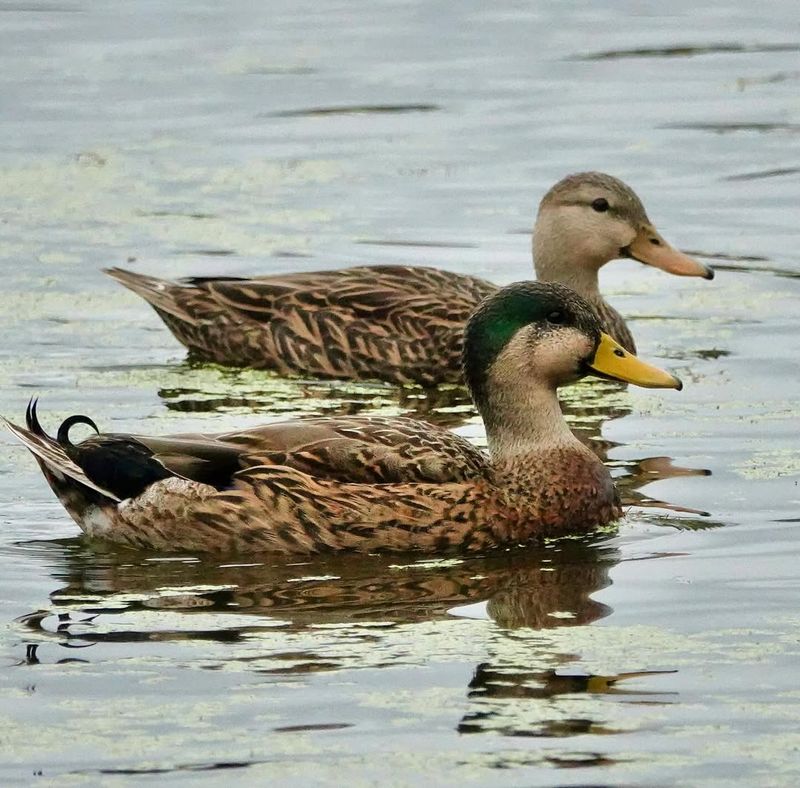
Mallard ducks are familiar faces on ponds and lakes, but there’s more to them than meets the eye. These common waterfowl have the ability to sleep while floating, a skill that allows them to rest without leaving the water.
With one eye open and half their brain alert, mallards can detect threats while in a state of partial slumber. This adaptation is crucial for their safety, enabling them to respond quickly to predators and environmental changes.
The sight of a mallard gliding effortlessly across a mirror-like surface is a scene of natural beauty. Their ability to sleep while in motion speaks to their survival instincts and the delicate balance they maintain in their watery world.
10. Reindeer
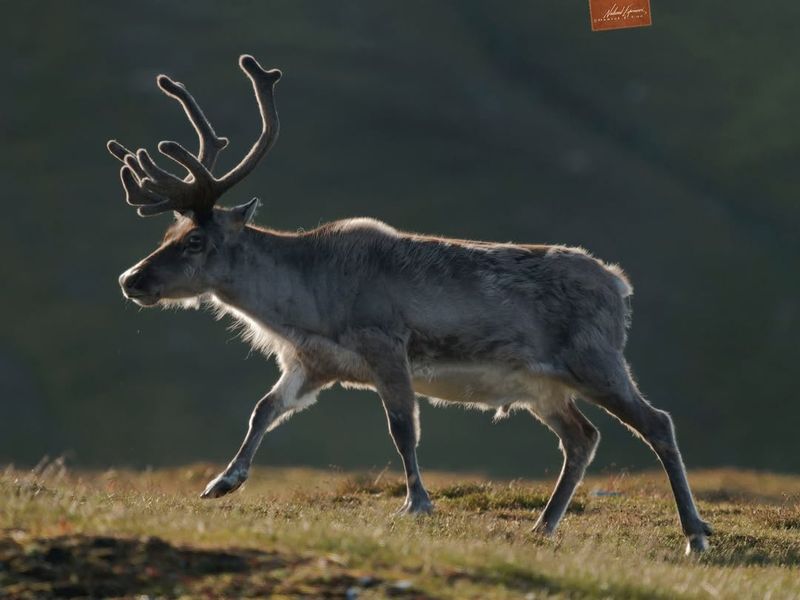
Sleeping while on the move is a crucial survival skill in the Arctic’s harsh conditions. These resilient animals can rest while walking, allowing them to continue their long migrations without losing momentum. By entering a state of light sleep, they conserve energy and stay alert to potential threats in their icy surroundings.
Traversing vast, frozen landscapes requires endurance, and reindeer have evolved to balance movement and rest effortlessly. Their ability to sleep while migrating ensures they can cover great distances in search of food while remaining vigilant against predators. This remarkable adaptation highlights their ability to thrive in some of the world’s most unforgiving environments.
Seeing a herd of reindeer moving steadily across the snowy tundra is an unforgettable sight. Their seamless blend of motion and rest is a testament to their strength and the delicate balance of Arctic life, where survival depends on constant adaptation.
11. Elephants
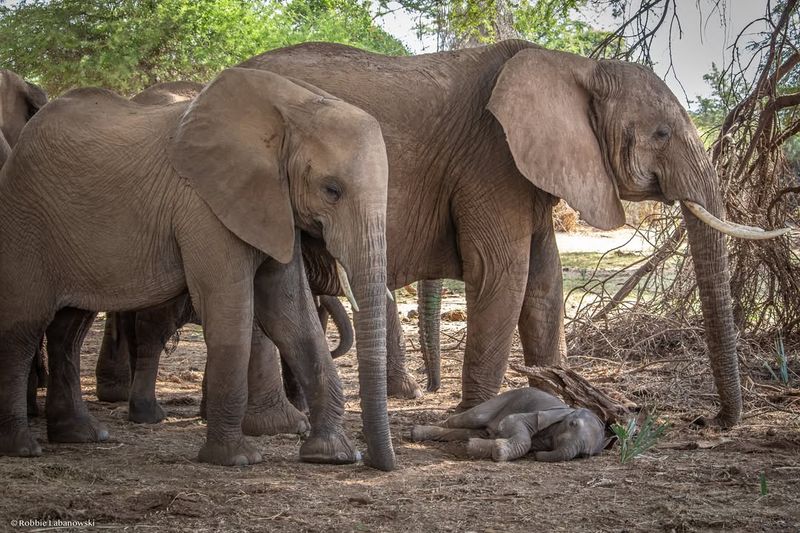
Elephants, the gentle giants of the savanna, have found a way to rest while on the move. These intelligent animals can enter a light sleep during long migrations, a strategy that allows them to cover vast distances in search of food and water.
By dozing while walking, elephants can maintain the cohesion of their herds and protect the young and vulnerable members. This behavior showcases their social intelligence and the importance of family bonds in their survival.
The sight of elephants moving steadily across the landscape, trunks swinging gently, is a powerful image of harmony in motion. Their ability to rest while migrating underscores their adaptability and the strength of their communal spirit.
12. Horses
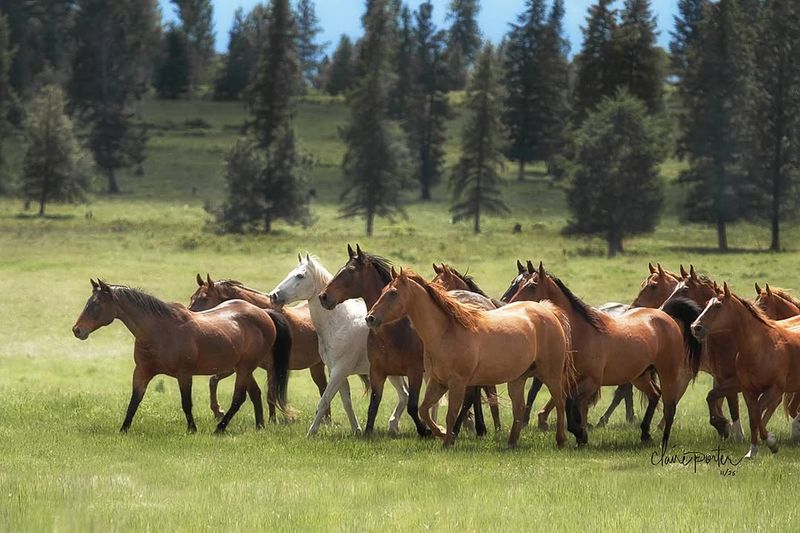
By locking their legs in place, they can enter a state of light sleep without the need to lie down, ensuring they are always ready to react if danger arises. This survival mechanism is especially crucial in the wild, where remaining vigilant can mean the difference between safety and threat.
For horses, this ability is an essential part of their nature, allowing them to conserve energy while maintaining awareness of their surroundings. Their skill in balancing rest and readiness showcases the evolutionary advantage that has helped them thrive for centuries. Whether in open fields or stables, they embody both strength and caution in their resting state.
Observing a herd standing motionless yet alert is a mesmerizing sight, a true reflection of their resilience and grace. Horses’ ability to sleep while on their feet is a perfect blend of instinct and adaptability, reinforcing their status as one of the most enduring and majestic creatures in the animal kingdom.
13. Lizards
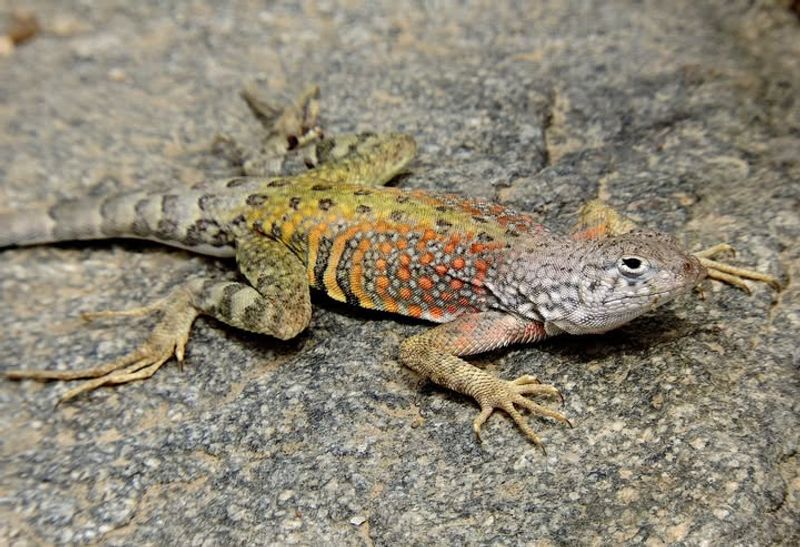
Lizards, the sun-loving reptiles, have adapted to rest while staying motionless yet ready for action. Many species can enter a torpor-like state, where they appear to be dozing yet can respond quickly to threats.
This resting behavior allows them to conserve energy while remaining alert to their surroundings, an essential adaptation for survival in harsh environments. Lizards’ ability to rest in such a manner is a fascinating glimpse into their evolutionary history.
Seeing a lizard basking lazily on a rock offers a snapshot of the delicate balance between rest and readiness. Their ability to relax while remaining cautious speaks to their adaptability in the ever-changing tapestry of their habitats.
14. Sloths
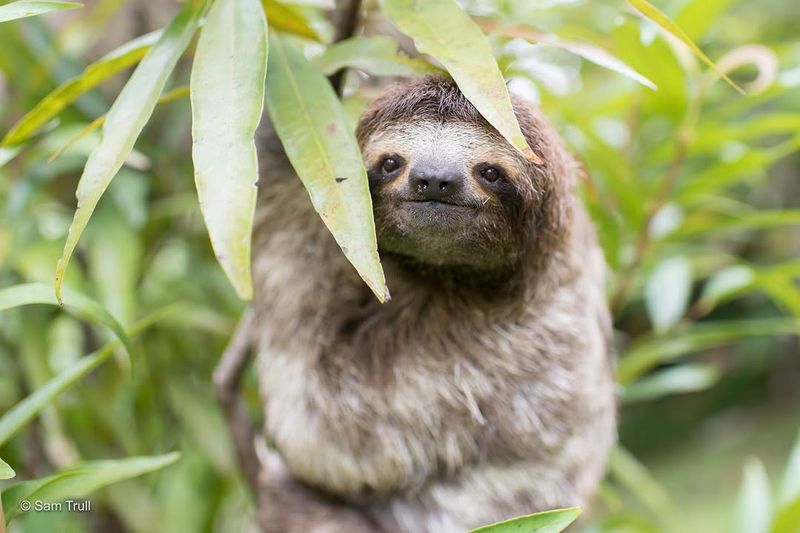
Effortless relaxation is a way of life for these slow-moving creatures, perfectly adapted to their treetop existence. With strong limbs and a low metabolic rate, sloths can sleep while hanging from branches, remaining safely hidden from predators in the dense canopy. Their unhurried nature is not just a habit but a crucial survival strategy that helps them conserve energy in their rainforest home.
For sloths, resting while suspended in midair is second nature, allowing them to blend seamlessly into their surroundings. Their ability to nap in such an unusual position highlights their remarkable adaptation to an arboreal lifestyle, where movement is minimal, and conservation of energy is key. Their world moves at a different pace, one that prioritizes patience over speed.
Watching one in its natural habitat is a reminder of the beauty of slowing down. Sloths defy gravity with their unique sleeping habits, offering a glimpse into a life where simplicity and serenity reign supreme in the treetops.
15. Jellyfish
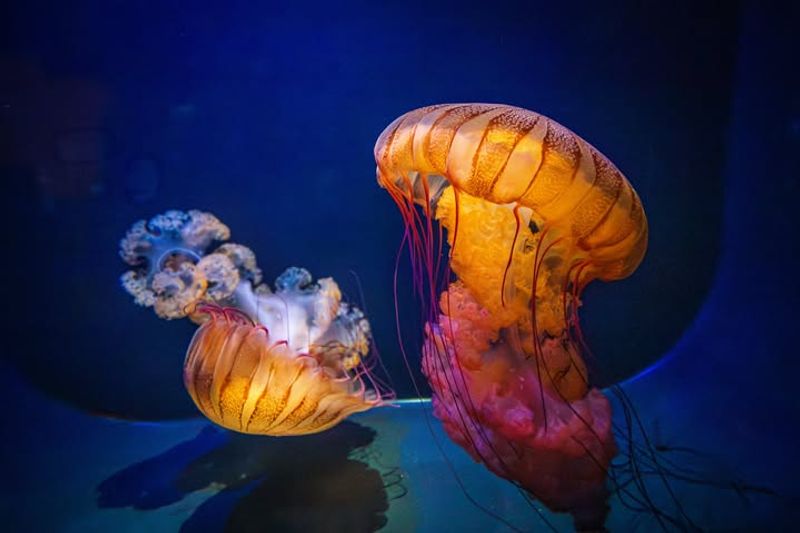
Jellyfish are one of the ocean’s most enigmatic creatures, pulsating through the water in a rhythmic dance. Surprisingly, they can enter a state of rest without fully stopping.
Their simple structure allows them to maintain essential functions while drifting, conserving energy for survival. This drifting motion is crucial, as it enables jellyfish to navigate waters with minimal effort.
Though lacking a brain, their nerve net helps regulate this restful state, ensuring they remain alert to environmental changes. Jellyfish truly embody the harmony of restful movement, a marvel of evolutionary adaptation.


